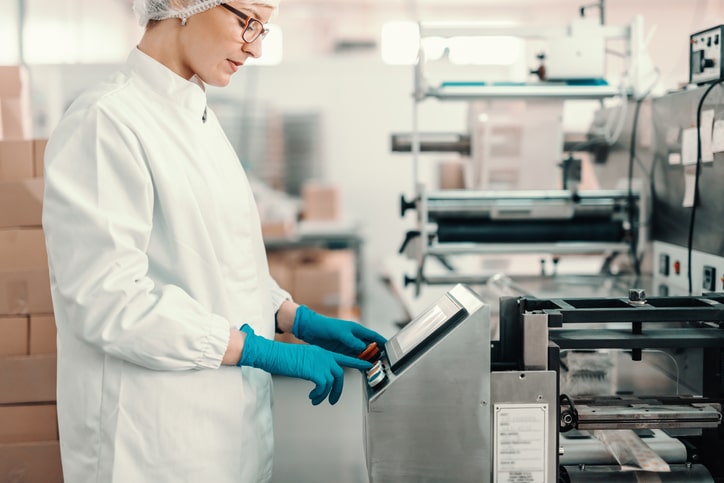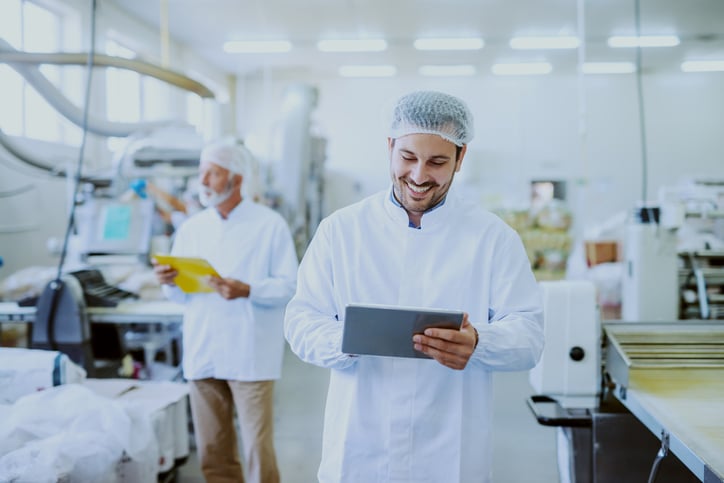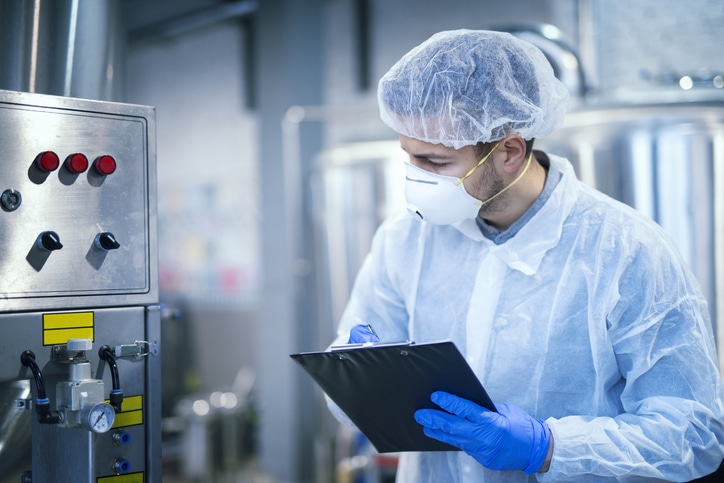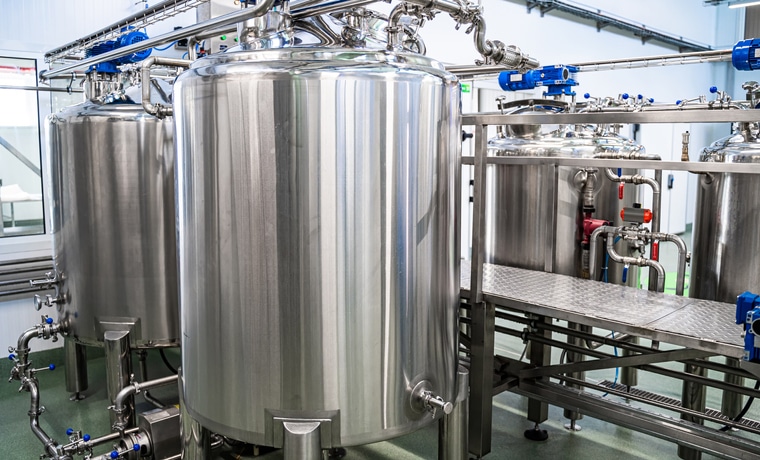
Food treatment is an important step in food production to maintain nutritional benefits and avoid harmful contamination. This includes the process of pasteurization, which is just one technique used for food conservation. A career in food safety will place you in a vital role in the food production process, where you’ll apply your specialized knowledge to implement fundamental qualities of food assurance.
Whether you want to brush up on your pre-existing skills, or are brand new to food safety and quality, the diploma program at AAPS will give you a hands-on approach to training in the field. With the state-of-the-art labs and classrooms found at AAPS, you’ll be able to examine up-close various food processing techniques, including pasteurization. Continue reading to find out what you should know about pasteurization when you pursue our Food Technology, Safety and Quality Diploma Program.
Techniques and Processes for Successful Pasteurization
The process of pasteurization is important to know during your food safety program because it is a widely practiced technique around the world. Pasteurization is a controlled heating process that is used to eliminate any dangerous pathogens that may be present in various food products, including milk, fruit-based drinks, some meat products and more.

Techniques for pasteurization are important to explore during a food safety program
Because different foods contain different pathogens, the time and amount of heat they require for processing will vary. In our Food Technology program at AAPS, you will become comfortable in the laboratory setting, gaining first-hand experience with the instruments and processes used in various conservation techniques.
Learning how to accurately collect mass and volume measurements will ensure your success when you move on to perform these processing techniques in your future career.
Pasteurization Efficacy for Food Safety Training
Pasteurization is one of the most common food processing techniques and has been used for hundreds of years in many forms. The particular techniques and equipment used have changed and improved over the years, resulting in an extremely high efficacy rate. Pasteurization can kill at least 99.999% of pathogens, as well as destroy yeasts, molds, and other unwanted organisms.

Food safety is a top priority for food processing plants, making the high efficacy rate of pasteurization a useful asset
When you pursue food safety training at AAPS, not only will you examine unit operations in pasteurizations, but you will also explore other methods of food processing, including:
- Thermal processing
- Irradiation
- Blanching
- Fermentation
- Drying
- Freezing
- Filtration
You will also gain practical experience working with meat, beverages, baked products, breakfast cereals, edible oils and milk products, preparing you for whatever sector you want to enter upon graduation.
Pasteurization Regulations in the Food Processing Industry
Regulations are laws that must be followed by the food processor. In regards to pasteurization, regulations require separate rooms for different steps of the process. These steps include heating, cooling, reconstituting, condensing, drying and packaging, each of which must be done in separate areas to avoid contamination.

Regulations must be followed by any food processor
The sanitation of the equipment, rooms and instruments used is also vital to the safety of the operation. In the food quality program at AAPS, you will be able to take our Food Regulations course, giving you the knowledge of food regulations that will help you protect food companies during various processes, such as:
- Developing new products
- Manufacturing existing products
- Distributing safe food products
Having the regulatory knowledge to protect these companies will eliminate any risk of customer complaints, recalls or even legal actions, making you a valuable asset to any team.
Interested in earning a food technology diploma?
Contact AAPS for more information!



